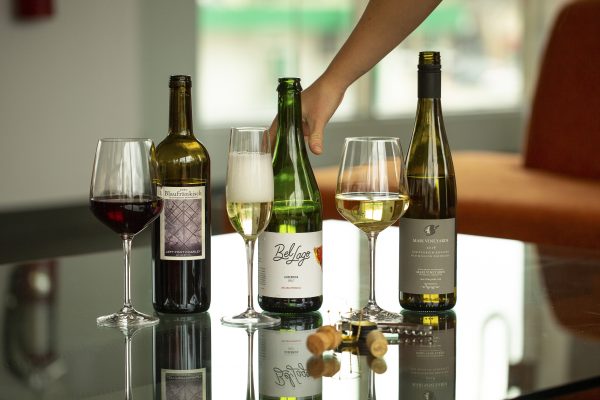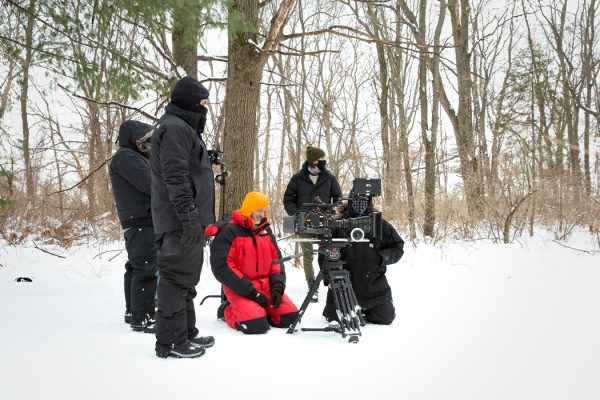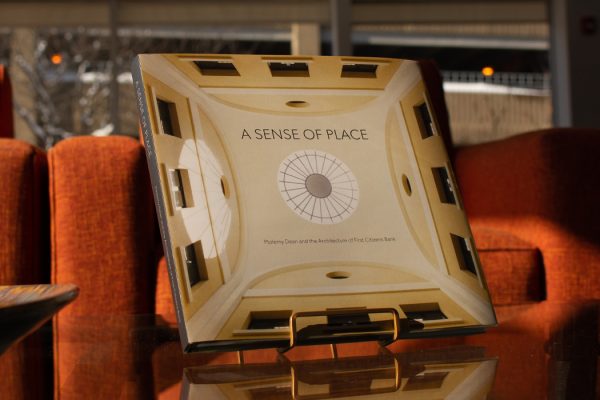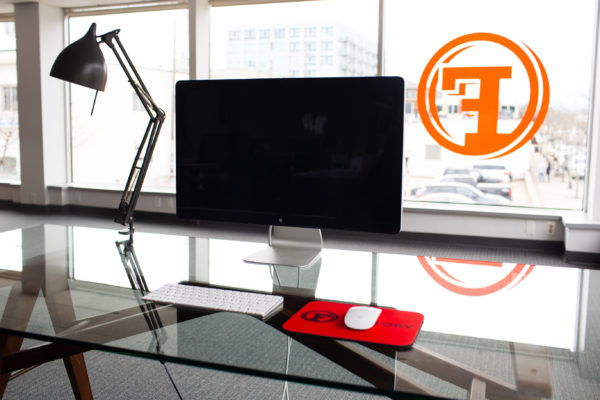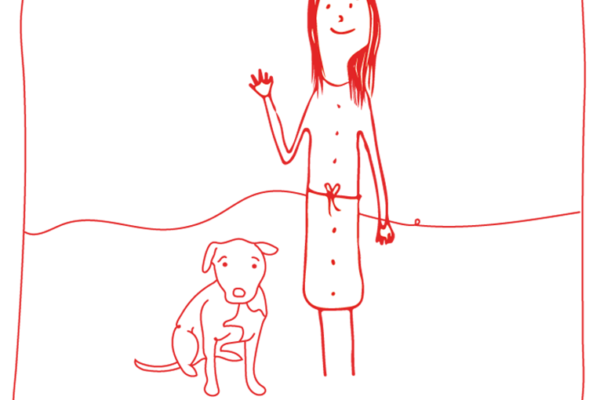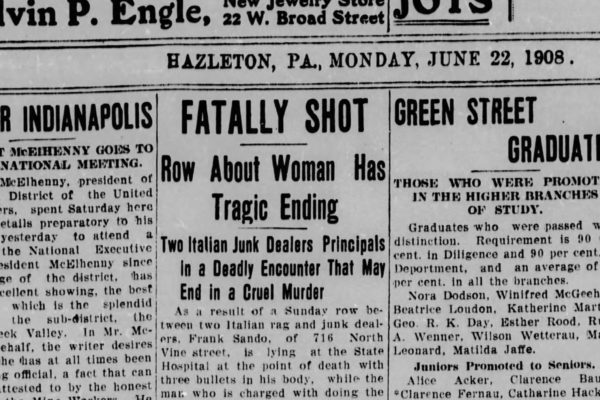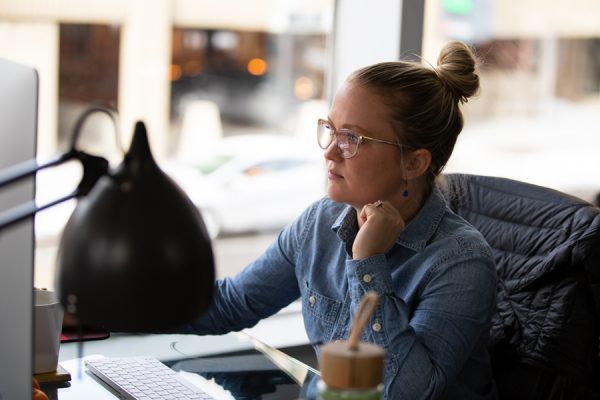. . . for a lot of reasons: Detroit, where we live, is a factory town. Cleveland, where I grew up, is a factory town. My dad worked in a factory. His dad worked in a factory. My grandmother, my mother’s mother, worked in a factory. I had uncles who worked in factories. I remember, when I was a kid, one of them – the gentlest man you’d ever meet – had a sawed off wooden club in his car. “That’s for scabs,” he said.
“Factory” as a name runs deep in the blood. But it’s more than a gesture to the past. It’s about keeping something alive for the future.
We make things. With our own hands. We start with raw materials and turn them into products with shape and form and, we hope, a certain kind of value.
When I started in the ad business, at Wyse Advertising in Cleveland, every art director had a drawing board, T-squares and a rainbow of markers, fat, thin, in between. Storyboards were hand drawn. Tissue sessions were still tissue sessions. Ideas were first shared as rough sketches, little more than cartoons.
People made things.
Wyse wasn’t a huge agency, maybe 200 people and change. But there was a guy whose job was music. Just music. His name was Michael Dreyfuss. He had a degree in medicine and his nickname was Doc. But he worked in advertising. On music. Composing, arranging, producing, selecting, performing. Songs, jingles, music beds.
Ad people made things.
This isn’t a rant against technology. The digital age has given us the ability to do more with ideas. Creative Suite, Pro Tools, even mass market software like Garage Band, these are miracle makers.
Over the years, though, the way a lot of ad agencies see themselves has evolved. They are – or at least want to be understood as – marketing services firms, consultancies, change makers, futurists, deep thinkers, executive producers, impresarios.
Need some web films? There’s a production company we know that does those. Need an illustrator for a print campaign? Start flipping through the portfolios. How about some music? Have a producer reach out to the music houses.
Ad agencies, a lot of them anyway, have become general contractors of creativity. Whole infrastructures have risen up to service the perpetual need for content, style and execution.
Which isn’t a bad thing. There are, after all, extraordinarily talented people out there. And working with them is one of the great perks of being in this business.
But there’s still a value in making things, hands on. Having skills, exercising them, crafting the work until it’s good enough to share.
Ten years or so ago, while I was at McCann Erickson here in Detroit, the agency was working on the launch of some new Buick or other. All the folks in the creative department were pitching ideas.
There was an intern working on it, too.
At the first internal presentation, rather than trot out a concept board, he jacked his laptop into the conference room monitor and played a video he’d put together and scored with original music.
Yes, it was rough. But, no, you couldn’t ignore it.
After work that day, Dave Moore, who ran the creative department, was having drinks with some of his folks.
One of them said something like, “Does this mean we’re going to have to start making videos?”
To which Dave replied something like, “That’s exactly what it means.”
He could have added something like, “Besides, you don’t have to make videos. You get to make videos.” It’s a matter of perspective.
The point being, life comes full circle sometimes. Ad agencies used to make things. Then making things got expensive and specialized and ad agencies stopped making things in favor of paying other people to make things. Then new tools came along that allowed us to make things again. With our own hands.
Earlier this year, Factory started working with the Michigan Recreation and Park Association. This week we’re helping them launch a new marketing initiative. Of which we’ll have more to say as the week progresses.
The centerpiece of it all is a piece of music.
Like a lot of nonprofits, these clients didn’t have a pile of cash to throw at lots and lots of production. It occurred to us we could save them money if we created one thing that could be used many ways: In a radio commercial, TV commercial, web videos, at events.
So we wrote them a song.
I wrote the lyrics, Tom Parr here wrote the music. We asked a talented young Michigan musician by the name of Taylor Taylor to do the singing. And we imposed on the people at Yessian Music here in Detroit to help us turn that song into a recording. Tom played the banjo; our print production guru, Jason Barthlow, played the bass.
We like the finished product. A lot. And hope you do, too. If you click on the video up top, you can give it a listen.
We like it because it’s a catchy number. We like it because Taylor has a lovely voice and she’s probably going to go far and we’ll get to say we knew her when. We like it because we got to work with the folks at Yessian, who are talented and knowledgeable.
But most of all, I think, we like it because we made it. With our own hands.
We hammered out the lyrics and the music and the structure. We disagreed, we argued, we hammered it some more.
And then we pitched it, old school, Tom and I in our conference room with a dozen or so folks from the Michigan Recreation and Park Association, Tom playing guitar and the two of us singing, poorly.
They loved it, we loved it and, with a little help from some friends, we turned it into a real song.
And that’s why our name is Factory.
Because we make things.
ml
7.7.2015

